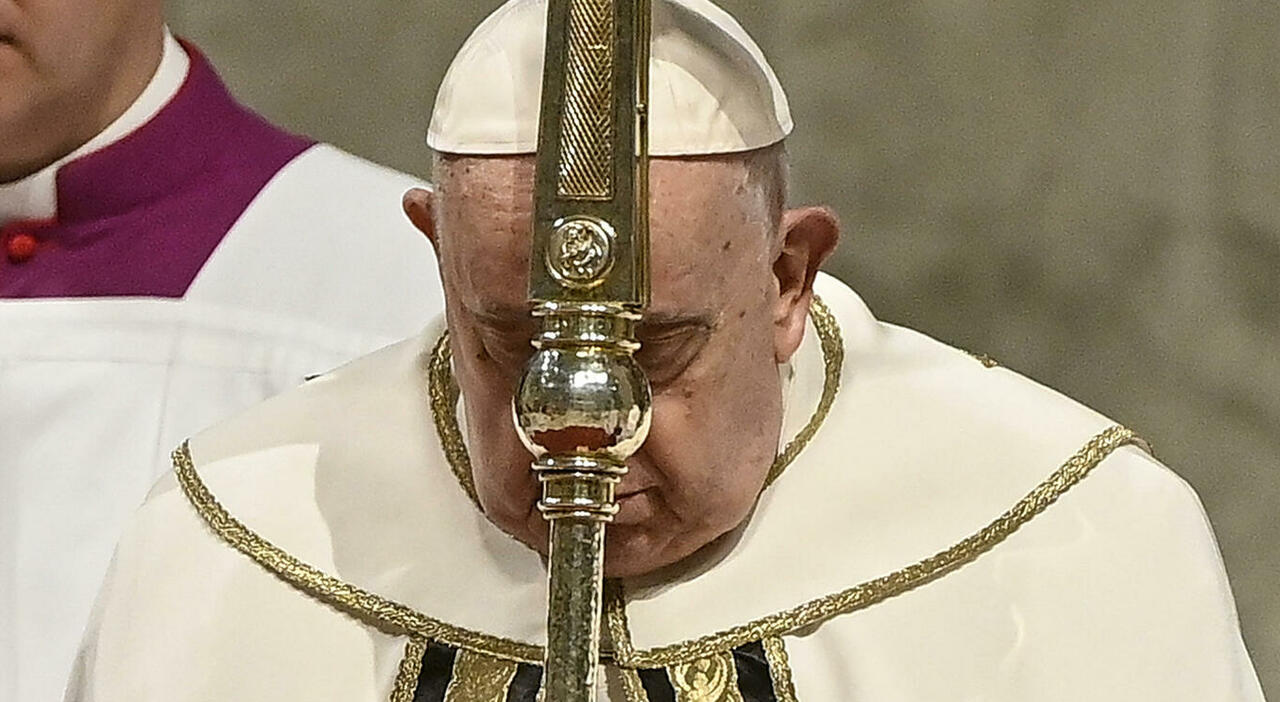Tuesday 19 March 2024, 16:51
The first to be violently raped by the soldiers of the Red Army in January 1945 - when they arrived to occupy West Prussia - was named Mother Christophora; she was the superior of the fourteen nuns whom Pope Francis has recognized as martyrs in odium fidei. Rape was used not only as a weapon of war but this time also as a tool to intimidate, secularize the occupied territories, with the aim of annihilating the Catholic Church upon which all the hatred of the Soviet military was poured.
Sister Leonis suffered the same fate and was then deported to Siberia where she died in June of that year, at only 32 years old, along with Sister Mauritia and Sister Tiburtia. Sister Sekundina and Sister Altegard, on the other hand, were found with their bodies torn to pieces and a bottle in the neck of the uterus. They were still wearing the habit of the religious order of Saint Catherine Virgin. Sister Aniceta resisted as much as she could and was immediately shot by a gunshot fired at point-blank range, dying from blood loss. Many were buried in a mass grave, for others, however, the body was not found. However, all the testimonies of the time - precise and terrifying at the same time - have been preserved and the memory has reached our days.
The religious order born in Poland to dedicate itself to the sick and orphaned children lost a total of 106 nuns and only in the autumn of 1953, due to the political situation of those years marked by the Iron Curtain and the Yalta partition, was transferred to Grottaferrata, near Frascati. The territorial and political upheaval prevented for decades the necessary research, the collection of testimonies, and the necessary documents to initiate the cause of martyrdom in the Vatican. The slowness in recognizing these martyrs is also due to the cloak of silence that enveloped these victims because of the thorny issue of rapes by Soviet soldiers. However, most of the events have been reconstructed in an impressive and detailed account thanks to the decision of the then General Superior, Sister Arkadia Schmalenbac, who in the post-war period asked the surviving nuns and those who had left the war zone to immediately put in writing the experiences, memories, direct testimonies.
"During the killing, the Servants of God wore the religious habit. The slain nuns lay on the ground, their veils had been torn from their heads. They were terribly bloodied. The Russians knew they were killing nuns. They said 'Manaszka' (nun). I heard from laypeople that the first Russians who came to the Prussian territories were very harsh against the nuns and the religious habit. They said: 'Vatican'" is read in the documents preserved and delivered to Pope Francis.
The fourteen martyred nuns chose to stay in the convents and medical facilities so as not to fail to provide assistance to the exhausted civilians even though they were fully aware of the risks they would run. The reputation of the soldiers of the Red Army was well known. However, a part of the nuns of Saint Catherine managed to evacuate before the entry of the Red Army, arriving in Germany, after a long and dramatic flight. The Soviet military immediately stormed the convent and the hospital where the nuns served, then heading to the basements and bunkers where some had taken refuge along with the doctors and the sick. No city where the nuns of Saint Catherine worked was spared: Guttstadt, Braunsberg, Gdansk, Heilsberg, Rastenburg, Wormditt, territories today Polish but after the 1939 invasion by Hitler's army were annexed to Germany: West Prussia, Poznań, Upper Silesia, and the former Free City of Danzig.
The Dicastery of the Saints has stated that the martyrdom is clear and formal. "The nuns remained faithful to their vocation, accepting the risk, in order to remain beside the sick, the children, and the orphans. Despite having had the opportunity to flee, as did other nuns even from the same Congregation, they remained in their place, striving for the good of others. The fame of martyrdom has remained constant over time, especially in the places where the events occurred and within the Congregation of belonging."
© ALL RIGHTS RESERVED
This article is automatically translated
